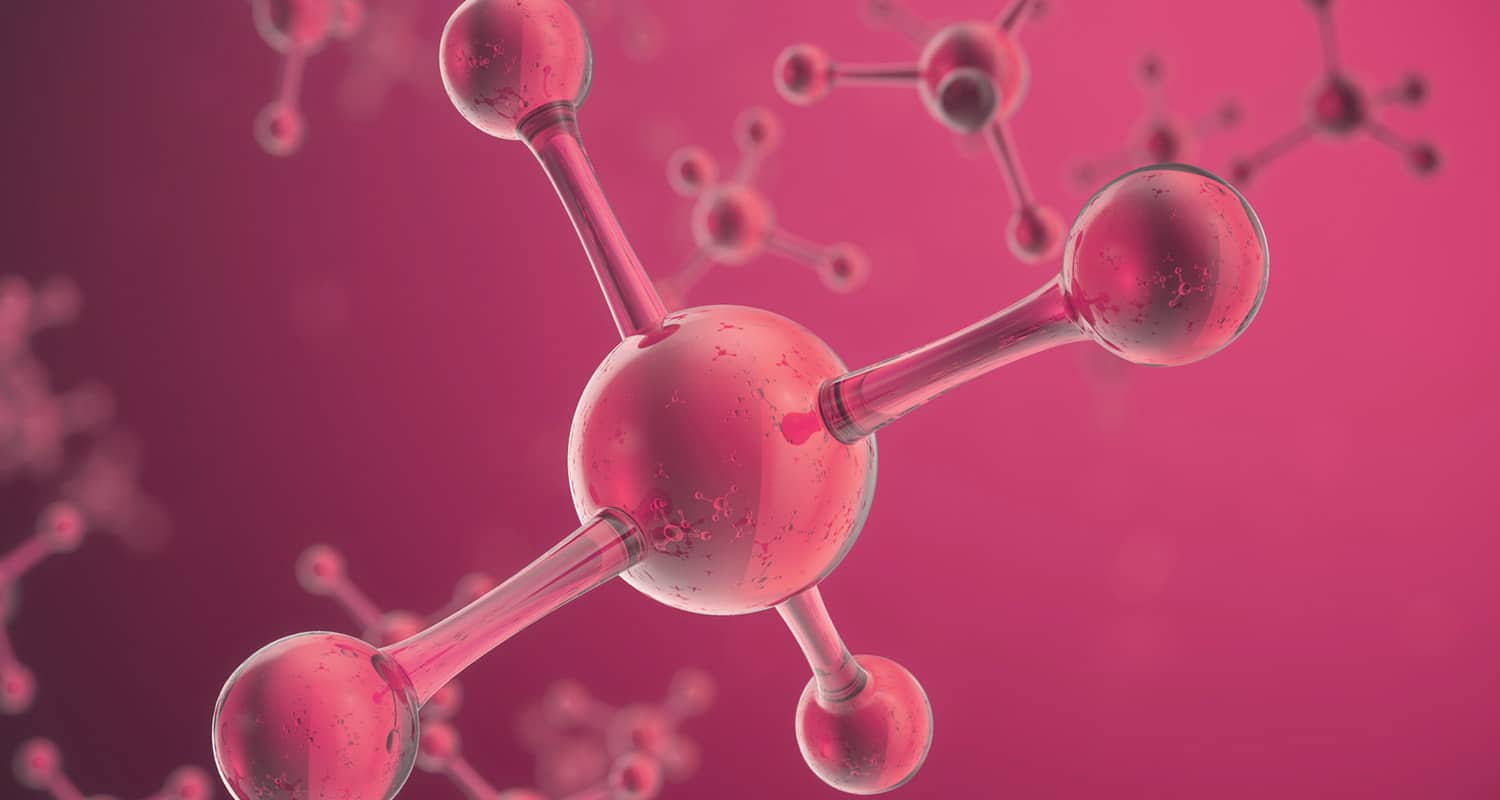
It gets pitch dark by 5:30 pm in January and February, and that has millions of Americans feeling the winter blues, also known as seasonal affective disorder (SAD).
Shorter days with less natural light makes it harder to stay healthy, physically and mentally. Certain wavelengths of light have an effect on the immune system, support a healthy inflammation response, and send signals to your circadian rhythm, or your body’s internal clock, and without those wavelengths, you can start to feel off.
Natural light treatments can improve your sleep and energy levels. In this post, I’ll talk about red light therapy as a way to add more natural light to dark winter days, when seasonal mood disorders are most common.
I’ll also share some of the initial peer-reviewed, published research on red light therapy and mental health. Finally, I’ll explain how sleep, depression, and natural light are interconnected. Sleep disorders are very common among people struggling with mental health. Our circadian rhythm influences almost every aspect of our body, including our brain and mood.
How Does Red Light Therapy Work?

Wavelengths of natural red and near-infrared (NIR) light (in the range of 630-670nm and 810-880nm, respectively) also help improve your cellular environment, by reducing oxidative stress and improve circulation during the cellular respiration process. Red light therapy is also a totally natural treatment, without any common side effects. It’s really just giving your body and cells more natural light, just like you’d get from the sun (but without the UV rays or heat). That makes red light therapy a safe, easy way to add natural light to your life and experience the health benefits in the winter.
What is Seasonal Affective Disorder (SAD)?

Millions of people are affected by SAD every year, including at least 5% of adults in the United States.[ref url=”https://www.psychiatry.org/patients-families/depression/seasonal-affective-disorder”] Even if you don’t have a diagnosis of depression, lack of access to natural light can be a big hurdle to optimal mental and physical health.
Light Treatment Options for Seasonal Depression

With a red light therapy device like the Joovv, you can get more real, natural light in your own home, even when it gets dark before the workday ends. With a quality device, you can get a full day’s worth of natural light in just 10-15 minutes, no matter what the weather is like. Because red light therapy is so easy to use and low to no risk, red light therapy is likely to become a mainstream seasonal depression treatment in the coming years. Forward-thinking physicians agree and are already using natural light to treat depression.
Dr. Marc Schoen of UCLA Medical School has 25+ years of experience treating mental health disorders. Dr. Schoen said, “In tandem with psychotherapy, using red light therapy appears to catapult patients out of an acute depressive state faster than any other modality.”
Dr. Schoen has also observed that red and near-infrared light therapy improves anxiety and compulsive symptoms as well.
Latest Research on Red Light Therapy and Depression

- Antidepressant properties with natural light. Researchers found that red light therapy applied directly to patients’ heads demonstrated antidepressant properties in patients with major depressive disorder.
- Safe and easy to use. Natural light treatments were well tolerated by patients, with no serious side effects or negative reactions.[ref url=”https://www.ncbi.nlm.nih.gov/pubmed/30346890″]
Red Light Therapy, Sleep, and Depression

It’s no surprise that depression and poor sleep are such a familiar combination. Specifically, insomnia and other major sleep disturbances very commonly affect people with major depression.[ref url=”https://www.ncbi.nlm.nih.gov/pmc/articles/PMC3181883/”] Clinical studies have shown the same data: the vast majority of people who struggle with mood disorders also have significant disruptions in their circadian rhythms and sleep/wake cycle.[ref url=”https://www.ncbi.nlm.nih.gov/pmc/articles/PMC3725187/”]
The director of Duke University’s Pediatric Neurology Sleep Medicine Program, Dr. Sujay Kansagra, puts it this way: “Depression and sleep are well-known to affect one another,” he explains. “Insomnia is a common complaint amongst those experiencing depression. Similarly, having an underlying sleep disorder or chronic sleep deprivation can make you more prone to mood dysfunction.”
Restful Sleep with Red Light Therapy

Artificial light comes with risk, especially the insanely bright blue lights that shine out of your TVs, tablets, and anything with a screen. Excess blue light can throw off your circadian rhythm and give you sleep problems. Wearing blue blockers like TrueDark glasses when using bright devices and when in buildings that use a lot of fluorescent lighting can mitigate some of the effects of the more harmful blue wavelengths.
Red light therapy is natural light with a much lower color temperature than blue light. Where blue light upsets your circadian rhythm and can make it harder to sleep, natural red and near-infrared light helps adjust and reset your sleep cycle.
Melatonin plays a big role in our natural sleep cycle too. Some people swear by taking melatonin supplements, which work well. Red light therapy has been shown to naturally increase melatonin in studies too. It’s always a good idea to give your body the raw material and the conditions to produce what you need. Natural light treatments are a great reset to your sleep situation.
The Future of Red Light Therapy and Depression

You can expect major strides in the link between red light and depression as more interesting research comes out, similar to the Elated-2 trial on mental health and natural light. In the meantime, look into red light therapy to ensure your body gets all the natural light it needs to make energy, stay healthy, and wake up refreshed in the morning.










